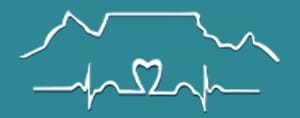
Congenital Heart Defect Correction
Percutaneous approaches can be employed to correct atrial septal and ventricular septal defects, closure of a patent ductus arteriosus, and angioplasty of the great vessels. Percutaneous valve replacement: An alternative to open heart surgery, percutaneous valve replacement is the replacement of a heart valve using percutaneous methods. This procedure is mainly performed on the aortic valve (percutaneous aortic valve replacement/TAVI procedure).
Corrective surgery
All of the heart surgeries involve the use of anaesthesia. These surgeries are intended to correct heart defects. Children just like adults can also need heart defect correction. Some children may undergo staged repair, which means they will need to have some surgeries to correct or treat, step by step, a given defect.
Open heart surgery
The downside of open heart surgery is the extent to which it is invasive. This is the first thing that comes in mind when we think of heart surgery. The heart is the most active muscle in the body and one of the most vital organs. After all, it is responsible for supplying all your other organs and bodily tissues with blood. For this reason, it is not surprising that many of us are frightened by the idea of open heart surgery. But it is not always the only option.
Minimally invasive heart surgery
In minimally invasive heart surgery, cardiac surgeons perform heart surgery through small incisions in the right side of your chest, as an alternative to open-heart surgery. Not only does the operation leave a tiny scar but this method does not require the surgeon to cut through the breastbone. Instead, they operate between the ribs, which may result in not only less pain and a quicker recovery for many people.
Closed heart surgery
Closed heart surgery is commonly used in child patients. We use the terms ‘open’ or ‘closed’ heart surgery to describe whether a procedure uses the heart-lung bypass machine support. Pediatric closed heart surgery is a necessary skill because there are young patients that suffer from heart disease or dysfunction. Little people are fragile compared to adults, and that counts for their little hearts as well.

